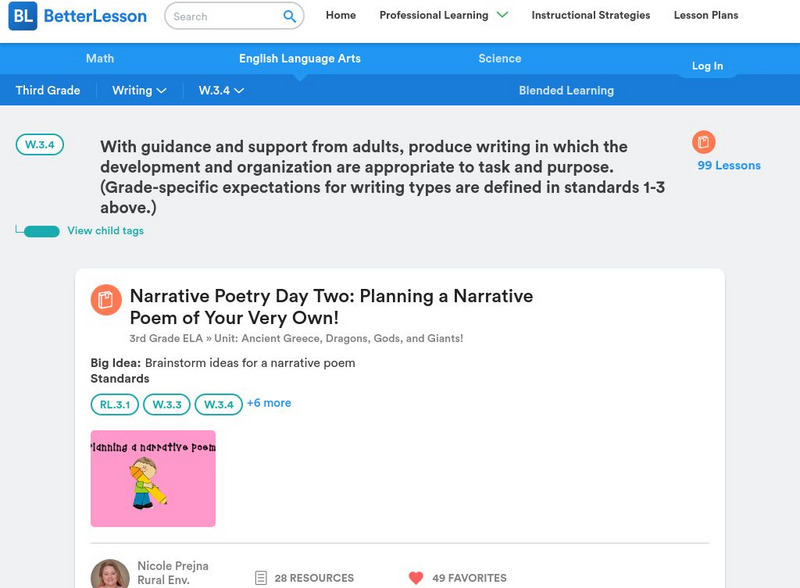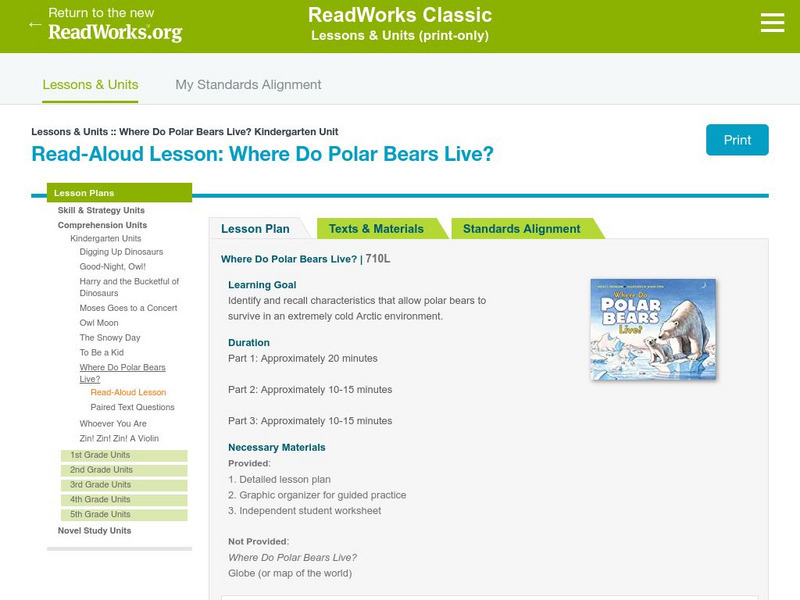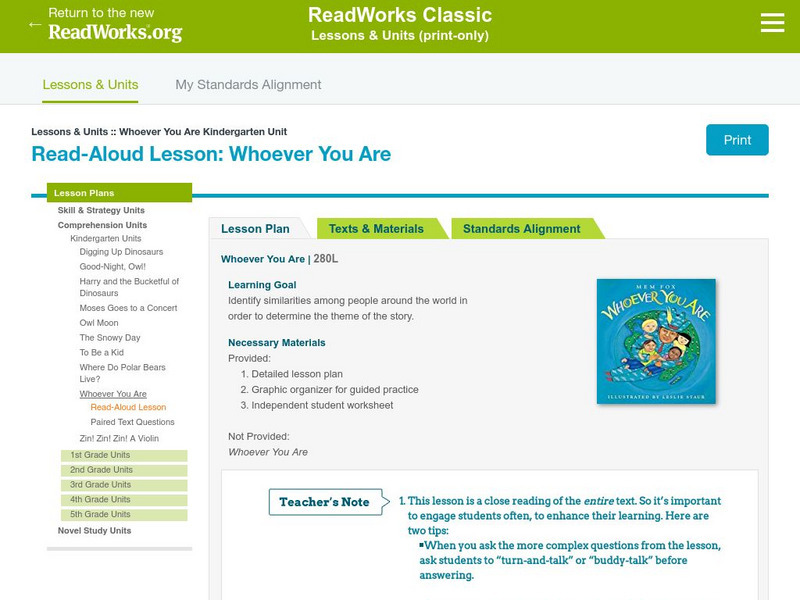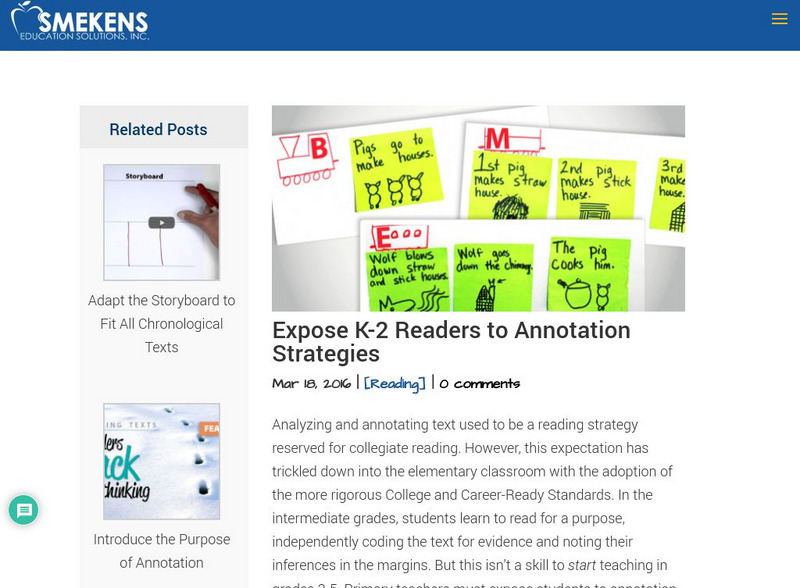Hi, what do you want to do?
Tom Richey
Slide Share: Text Structures: Analyze Organizational Methods
This slideshow focuses on text structures for informational texts including how the author's purpose helps determine the organizational pattern to use and how the reader can use clues to identify the text structure used. Five...
Florida Center for Reading Research
Florida Center for Reading Research: Expository Text Structure: Book Look [Pdf]
A lesson plan in which students look through a book to identify text features and complete a graphic organizer. Materials are included.
Better Lesson
Better Lesson: Similarities and Differences Between Two Text
In this activity, through guided practice, the students use two texts about Martin Luther King to compare the similarities and differences between those texts. Includes videos of the activity in action, printable charts, and a graphic...
Annenberg Foundation
Annenberg Learner: Journey North: Reading Strategies: Identify and Analyze Text Structure
Learn how to identify the text structures of chronological/sequence, cause/effect, problem/solution, compare/contrast, description, and directions by using a list of guiding questions.
ReadWriteThink
Read Write Think: Diagram It! Identifying, Comparing & Writing About Non Fiction
Introduce your students to the different types of non-fiction such as biographies, biographies, and informative books. Students will use graphic organizers, peer interaction, and hands-on experiences to further understanding of this lesson.
ClassFlow
Class Flow: Graphic Organizer: Fishbone
[Free Registration/Login Required] This flipchart is a graphic organizer that uses the fishbone technique to help students see root causes and outcomes and identify the details leading up to each.
Scholastic
Scholastic: Informational Text: Reading Response: Main Ideas & Details [Pdf]
This graphic organizer can be used with students when they read informational text. Students will write the main idea in a central oval and then write four details that support the main idea of this reproducible graphic organizer.
Polk Brothers Foundation Center for Urban Education at DePaul University
De Paul University: Center for Urban Education: Identify/infer Character Traits [Pdf]
This page contains links for three graphic organizers. Students will use graphic organizers to identify character traits, infer character traits, and support inferences with text evidence.
Polk Brothers Foundation Center for Urban Education at DePaul University
De Paul University: Center for Urban Education: I Can Identify and Infer Character Traits[pdf]
Students will identify character traits directly and inferentially with the help of this graphic organizer. Students will summarize their findings after completing the graphic organizer.
Scholastic
Scholastic: Informational Text: Reading Response: Claim Evldence Reasoning [Pdf]
This graphic organizer can be used with students when they read informational text. Students will identify a claim, list text evidence that supports the claim, and explain how the information can be used for their future understanding of...
Florida Center for Reading Research
Florida Center for Reading Research: Expository Text Structure: Just the Facts
A lesson plan in which students read a text and complete a graphic organizer to identify the topic and supporting details or facts. Materials are included.
Houghton Mifflin Harcourt
Holt, Rinehart and Winston: Elements of Literature: Identifying Figures of Speech [Pdf]
A graphic organizer which allows students to document and list the figures of speech they identify in a given piece of literature. These include simile, metaphor, personification, and symbol, and require examples from the text.
Texas Education Agency
Texas Gateway: Organization Appropriate to Purpose, Audience, and Context
[Accessible by TX Educators. Free Registration/Login Required] This lesson will teach you how to write and organize an essay so that it addresses different purposes, different audiences, and different contexts.
Florida Center for Reading Research
Florida Center for Reading Research: Expository Text Structure: Main Idea Mania
A lesson plan in which students read a text and record the main ideas and supporting details on one of the graphic organizers provided. Materials are included. [PDF]
Florida Center for Reading Research
Florida Center for Reading Research: Exp. Text Structure: Classic Classifying
A lesson plan in which students read a text and write main ideas and supporting details in boxes on a graphic organizer. Materials are included. [PDF]
Better Lesson
Better Lesson: Using the Five Finger Rule
Learners identify text features in nonfiction, as they continue to study cells' function as building blocks of organisms, and summarize the requirements for cells to live.
Scholastic
Scholastic: Informational Text: Reading Response: Compare and Contrast
A brief graphic organizer to help students visualize the similarities and differences in a piece of informational text.
ClassFlow
Class Flow: Graphic Organizer Spider Graphic
[Free Registration/Login Required] This graphic organizer provides a webbing framework for students to analyze the main idea/theme and supporting details of a reading passage or historical event. A template for students to follow is given.
Florida Center for Reading Research
Florida Center for Reading Research: Keys to the Main Idea [Pdf]
A lesson plan in which students read a text a complete a graphic organizer to identify the main ideas and supporting details. Materials are included.
Better Lesson
Better Lesson: W.3.4: Produce Writing Appropriate to Task and Purpose
Links to 99 lessons and activities that build student skills in standard W.3.4: With guidance and support from adults, produce writing in which the development and organization are appropriate to task and purpose.
Other
Fdlrs: Thinking Maps: Examples From Brevard Public Schools
See examples of the use of the eight graphic organizers from Thinking Maps. These maps help students organize their learning and identify ways to reflect different kinds of text. The several examples from each grade K-6 show how to use...
Read Works
Read Works: Read Aloud Lesson: Where Do Polar Bears Live?
This instructional activity is a close reading of "Where Do Polar Bears Live?". After reading the book to the class, students will be able to identify and recall characteristics that allow polar bears to survive in an extremely cold...
Read Works
Read Works: Read Aloud Lesson: Whoever You Are
For this read-aloud lesson, students will identify similarities among people around the world in order to determine the theme of the story. Included is a detailed lesson plan, graphic organizer for guided practice, and an independent...
Other
Smekens Educational Solutions: Expose K 2 Readers to Annotation Strategies
This article discusses how to begin teaching students in K-2 to record their ideas about text using highlighters, colored pens, large graphic organizers, and sticky notes. Students can retell a story with a storyboard, use a web to find...





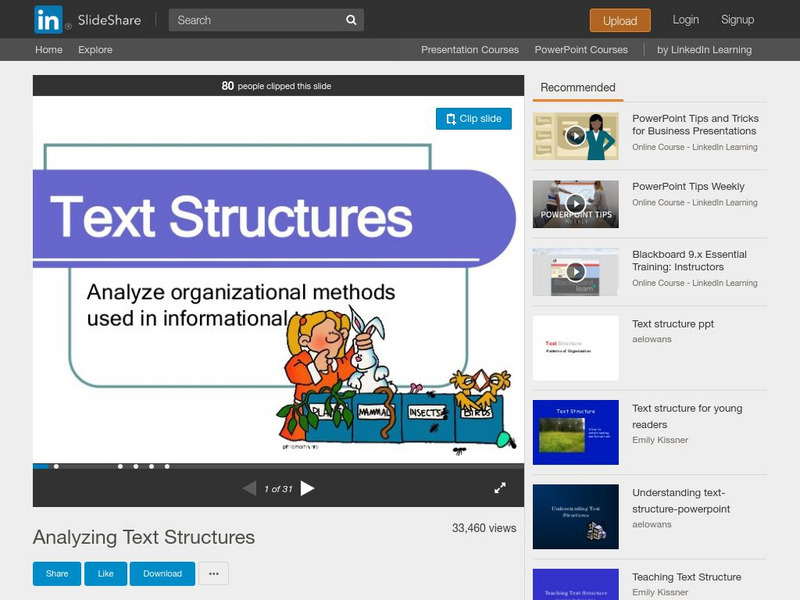
![Florida Center for Reading Research: Expository Text Structure: Book Look [Pdf] Lesson Plan Florida Center for Reading Research: Expository Text Structure: Book Look [Pdf] Lesson Plan](https://content.lessonplanet.com/knovation/original/509120-2284420fedcb16b27a3acf9ff66e58cc.jpg?1661786942)

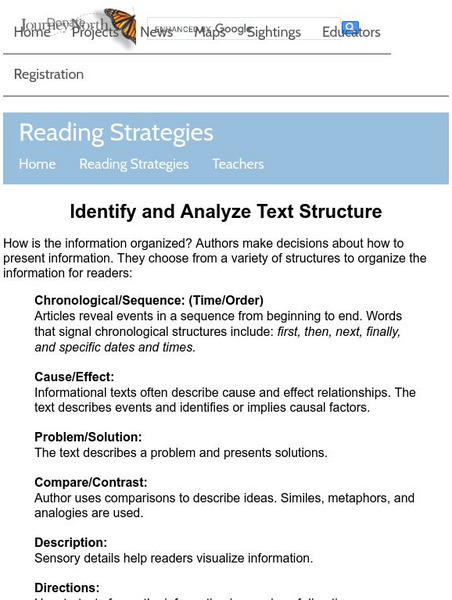

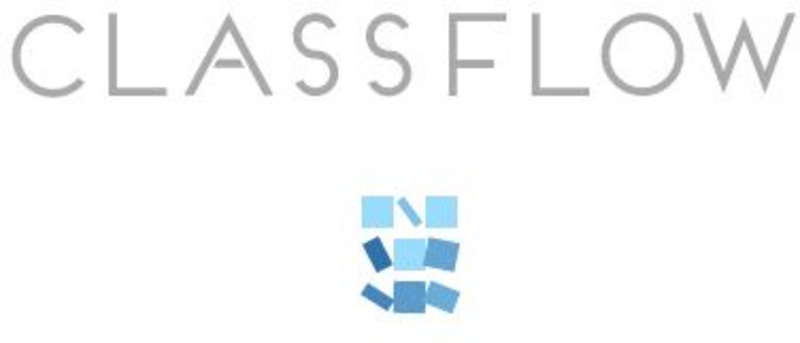
![Scholastic: Informational Text: Reading Response: Main Ideas & Details [Pdf] Graphic Scholastic: Informational Text: Reading Response: Main Ideas & Details [Pdf] Graphic](https://content.lessonplanet.com/knovation/original/241272-21ebac911f8734b3826318f202df38b5.jpg?1661510811)
![De Paul University: Center for Urban Education: Identify/infer Character Traits [Pdf] Graphic De Paul University: Center for Urban Education: Identify/infer Character Traits [Pdf] Graphic](https://content.lessonplanet.com/knovation/original/119983-62ee3880b7ac71dbc7bc636a19f336da.jpg?1661787060)
![De Paul University: Center for Urban Education: I Can Identify and Infer Character Traits[pdf] Graphic De Paul University: Center for Urban Education: I Can Identify and Infer Character Traits[pdf] Graphic](https://static.lp.lexp.cloud/images/attachment_defaults/resource/large/FPO-knovation.png)
![Scholastic: Informational Text: Reading Response: Claim Evldence Reasoning [Pdf] Graphic Scholastic: Informational Text: Reading Response: Claim Evldence Reasoning [Pdf] Graphic](https://content.lessonplanet.com/knovation/original/244734-74184753ee53d6872b10ba36f1639585.jpg?1661510818)
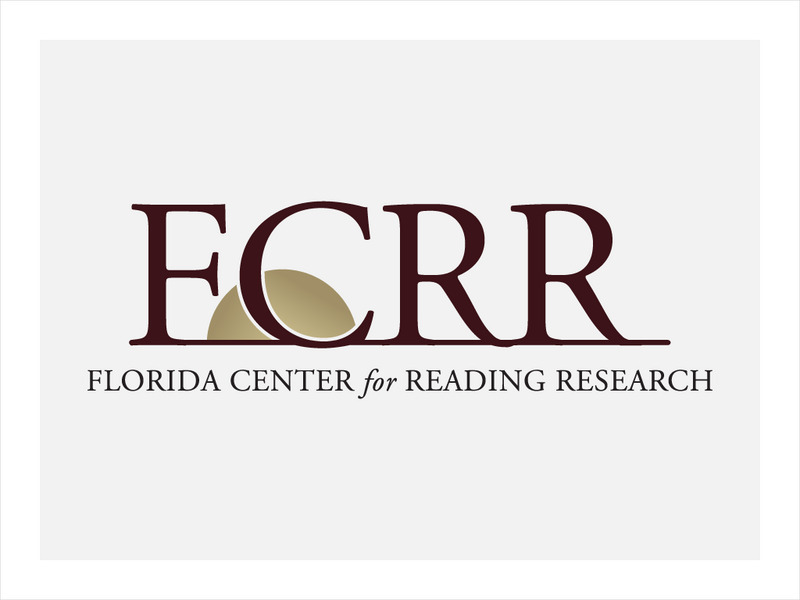
![Holt, Rinehart and Winston: Elements of Literature: Identifying Figures of Speech [Pdf] Graphic Holt, Rinehart and Winston: Elements of Literature: Identifying Figures of Speech [Pdf] Graphic](http://lessonplanet.com/content/resources/thumbnails/410154/large/bwluav9tywdpy2symdiwmduymc0yotywmi1ondh3nneuanbn.jpg?1589985628)
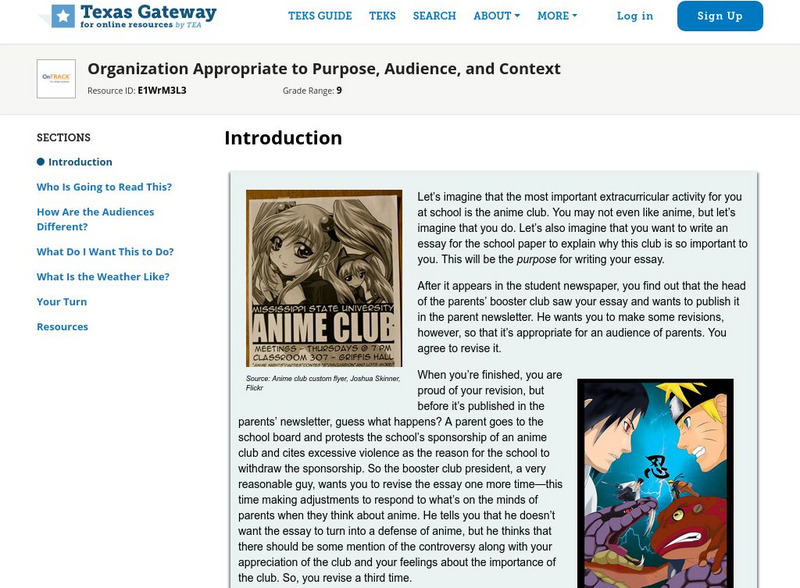
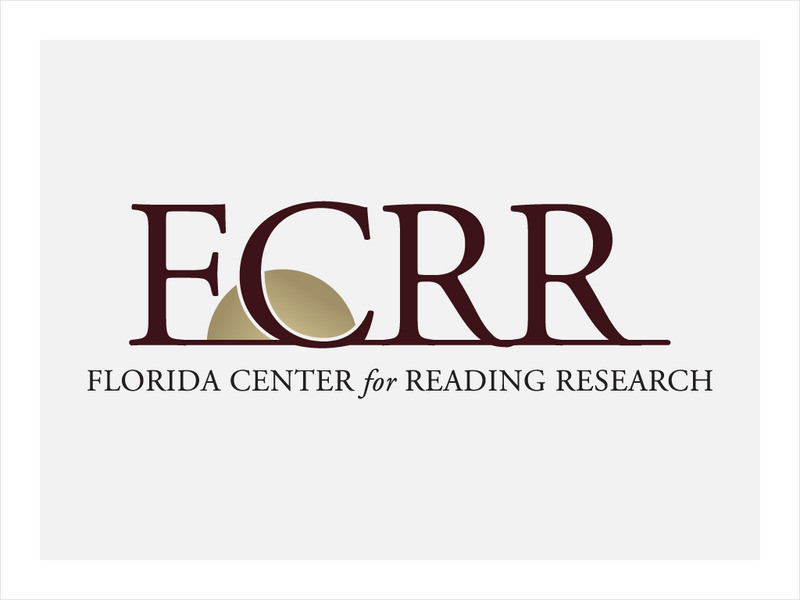
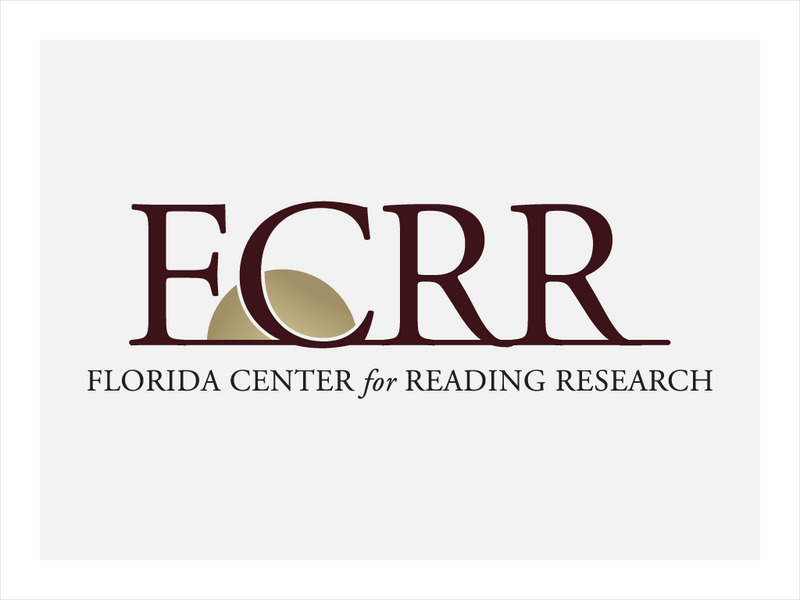
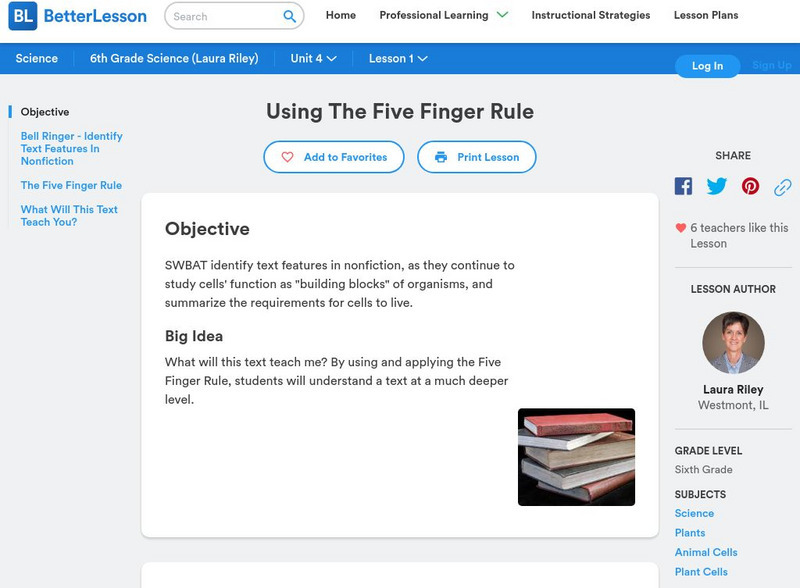
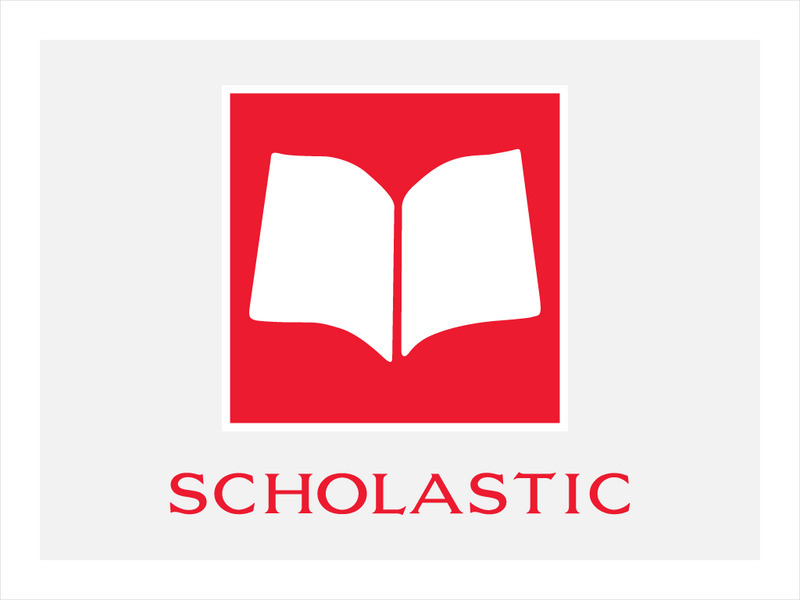
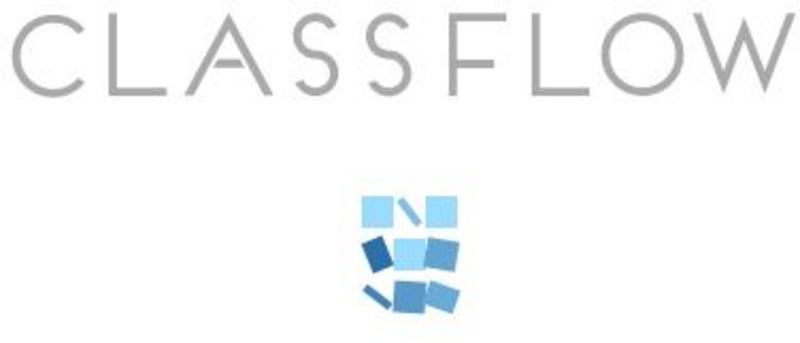
![Florida Center for Reading Research: Keys to the Main Idea [Pdf] Lesson Plan Florida Center for Reading Research: Keys to the Main Idea [Pdf] Lesson Plan](https://content.lessonplanet.com/knovation/original/509117-6a7deb78ba7b4449647dd19113c6a0f8.jpg?1661786946)
